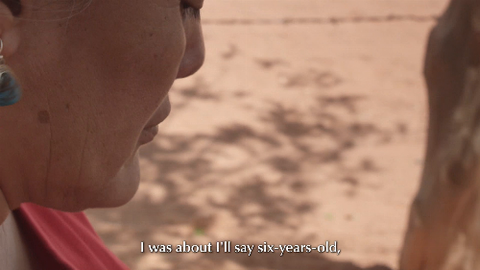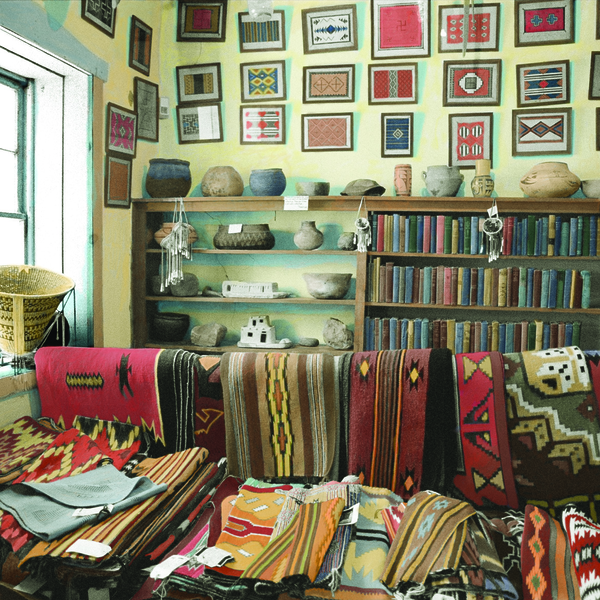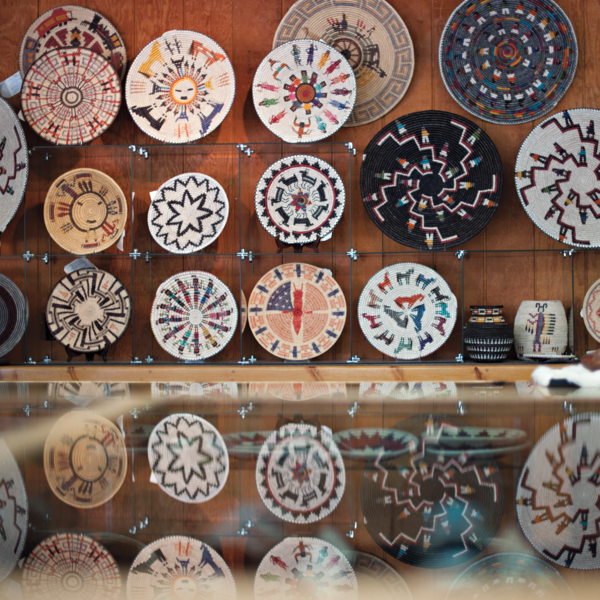Trading Post
The appearance of trading posts in Dinétah (the Navajo homeland) coincided with the 1868 release of thousands of Diné (Navajo) from nearly four years of internment at Bosque Redondo, New Mexico. Traders helped rebuild a devastated Diné economy, offering food and supplies in exchange for wool, livestock, and textiles, like rugs and blankets. They also encouraged Diné artists to experiment with rug designs they believed would appeal to tourists and collectors. As the economy in Dinétah changed in the twentieth century, trading posts began evolving into two distinct categories: convenience stores providing gas and a limited grocery selection and galleries focused primarily on Indian arts and crafts. The historic Hubbell Trading Post is perhaps the most famous in the United States, but the two trading posts most important to the basket weavers of Tsé Bii’ndzisgai (Monument Valley) are Ojalto, where Virginia Smith helped spark the basket revolution, and the Twin Rocks Trading Post, which nurtured and sustained it.





